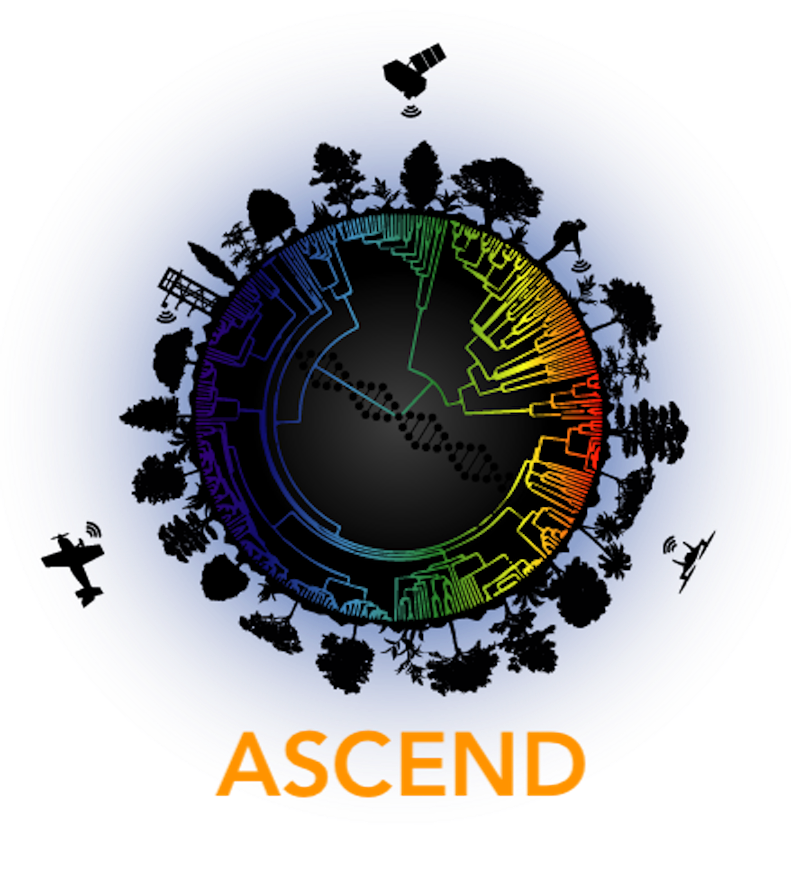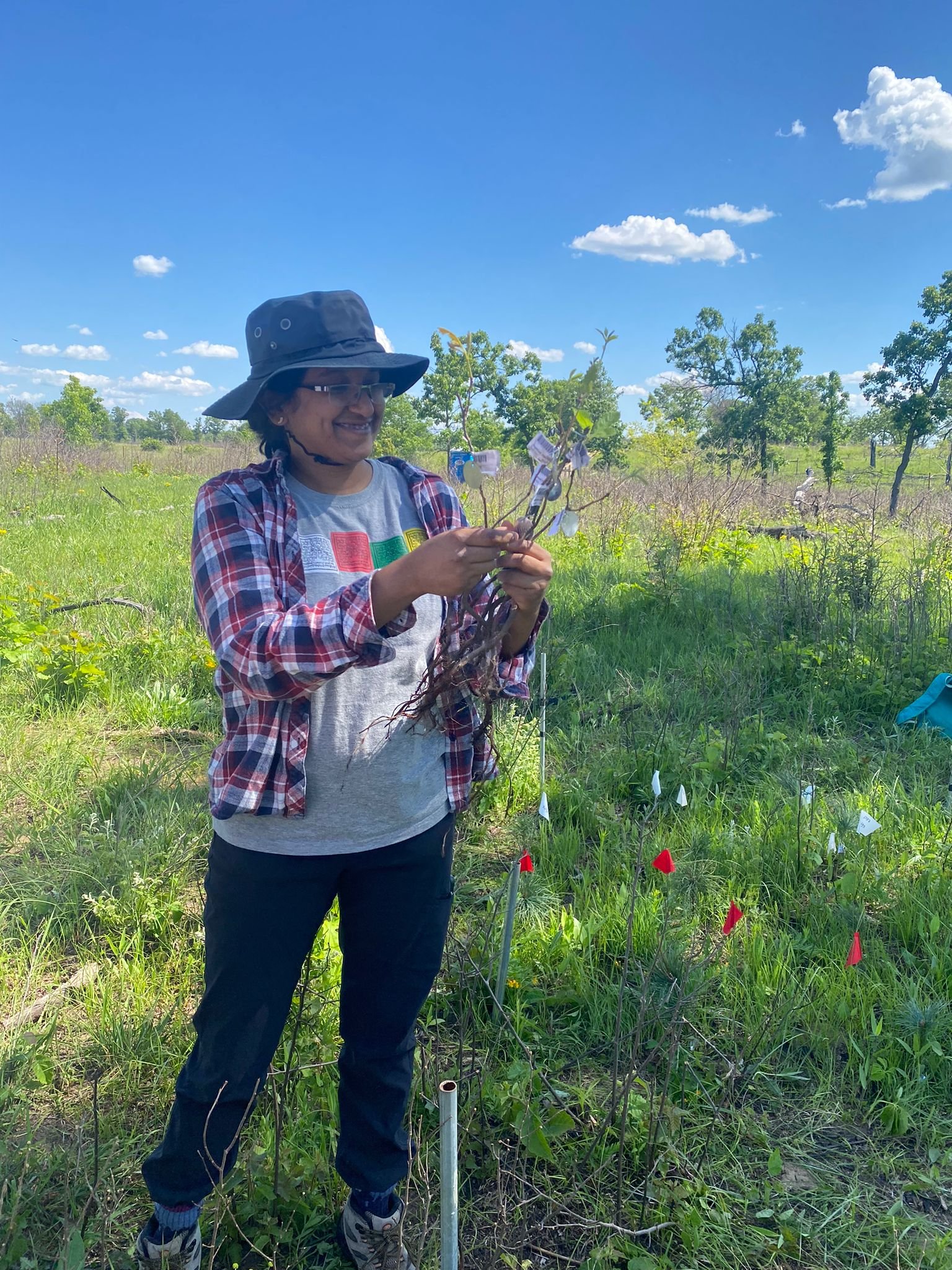NextGen: Neha Mohanbabu
Tell us about yourself
Hi! I am Neha, a postdoctoral associate working with the Reich, Isbell and Hobbie labs at the University of Minnesota.
I was born and raised in India. My first introduction to ecological research was during my undergraduate studies at the Indian Institute of Science Education and Research (IISER-Pune). Since then, I have had the privilege of working at several exciting places including the Himalayas, Western and Eastern Ghats, East African savannas and Cedar Creek Ecosystem Science Reserve. I am broadly interested in understanding how plants and their interactions are responding to the changing environment.
When did you know that you wanted to become a scientist?
I have always enjoyed science, especially learning about how the natural world works. Sometime during 5th grade, I decided that I wanted to become a scientist and pretty much held on to that dream. My entry into Ecology, however, was more serendipitous! Through middle and high school, I was very fascinated by how cells worked and opted to join an integrated BS-MS program that would allow me to gain expertise in molecular biology. A casual conversation about wildlife conservation with a professor at IISER resulted in a 2-month long summer internship with the Snow Leopard Trust in the Himalayas. Even though I did not see the spotted cat, participating in several ongoing research projects at the site got me interested in ecology. During the rest of my undergraduate education, I worked with different labs and multiple field sites learning about different sub-fields in ecology and eventually decided to do a PhD in plant ecology.
Tell us about your research projects in ASCEND.
As a postdoc, I am working on understanding the independent and interactive influences of global change drivers such as N deposition and elevated CO2 on species and functional group specific responses over multiple decades. To do this, I am using the BioCON experiment which manipulates diversity (1, 4, 9 and 16 species plots), CO2 (ambient vs elevated), and N (ambient vs enriched) levels and has maintained these treatments for 25 years! The BioCON experiment is one of its kind as there are no other ongoing experiments in the world that address a similar level of complexity in terms of the factorial design and the length of the study. For ASCEND, I am examining the long-term data to better understand whether short-term responses (~1-3 years) of different functional groups such as C3 vs C4 grasses and legumes are similar to responses over the long-term (10+ years).
Neha Mohanbabu helping to set up a new experiment at Cedar Creek Ecosystem Science Reserve
What are some of the challenges you face in your research?
While I truly believe that the multiple factorial design of BioCON is a strength and we need more such experiments to better understand the consequences of global change, the data often show complex interactions between N, CO2 and diversity treatments and between-year variation which are difficult to tease apart. I have found it challenging at times to simplify the results for the purposes of talks or manuscripts. But, at the same time it has been a humbling experience as I have come to appreciate the complex interactions in nature.
How would you describe your research to someone who is not a scientist?
As you may have noticed, the world is changing rapidly. The summers these days are much warmer than what they used to be even 10-15 years ago. Similarly, things that humans cannot see or feel directly, such as nitrogen compounds or carbon dioxide, are also changing, and consequently impacting plants. To understand how plants might be responding to these changes in the environment, we use an experiment where groups of plants in ~300 plots are being subjected to higher levels of nitrogen and/or CO2 since 1997. Our research helps us to understand how changes in the environment might be affecting different plant species and how that might determine what types of plants may be better at adapting to the ongoing changes.
What are your hobbies and preferred activities when you are not doing science?
I enjoy sketching, trying out new styles of painting, reading (non-academic books!), hiking and traveling.

